Roofing Terms 101: From Asphalt to Zinc, Your Comprehensive A-Z Guide from a Roofing Company in Des Moines — As a top roofing company in Des Moines, Robison Roofing welcomes to our most recent blog post. Today we are ascending into the towering heights of roofing language, trading our pencils for hammers, and swapping out our desks for ladders. This piece is written with you in mind, whether you’re an experienced commercial roofing company in Des Moines with years of experience, an ambitious DIYer hoping to walk the walk, or an inquisitive homeowner wishing to grasp the terminology used by your roofing contractor in Des Moines.
A top roofing company in Des Moines knows there is a wide variety of terminologies used in the roofing industry, so the inexperienced may frequently feel as though they have strayed into another nation. But don’t worry! We’re here to serve as your knowledgeable tour guide, guiding you over the ice dam of disinformation, through the valley of bewilderment, and over the hill of understanding.
Our residential roofing company in Des Moines will go through everything from A to Z, arming you with the ability to properly discuss anything from zinc strips to asphalt shingles. By the end of this article, you’ll be the neighborhood expert on roofs, prepared to dazzle your neighbors at the subsequent backyard barbeque with your expansive roofing knowledge.
So fasten your safety harness, take hold of your roofer’s hammer with this Des Moines roofing company, and don your thinking cap—although perhaps a hard hat would be more fitting in this situation! It’s time to improve your knowledge of roofing jargon. Together, let’s shingle this educational roofscape all the way to the top!
A is for Asphalt Shingle.
A roofing company in Des Moines explains asphalt shingles are one of the most widely used roofing covers in North America because they have a relatively inexpensive upfront cost and are fairly simple to install. They consist of a fiberglass or organic mat coated with asphalt and topped with granules that provide color and reflect sunlight.
Asphalt shingles are available in two varieties: three-tab shingles, which are distinguished by cutouts—tabs—made along their long lower edge, and architectural shingles, which have no tabs but are heavier, give more exposure, and have a dimensional appearance.
B is for Barge Board.
A roofing company in Des Moines explains barge boards are installed to protect the exposed ends of rafters, adding a decorative touch to the roof. They’re typically made from wood, metal, or plastic and are fixed to the projecting gables of a roof to give them strength and prevent the ingress of rain. Barge boards must be regularly maintained through painting or staining to ensure their longevity and the ongoing protection of your roof’s structural integrity.
C is for Cricket.
A residential roofing company in Des Moines says a cricket, or saddle, is a ridge structure designed to divert water on a roof around the high side of a chimney or the transition from one roof area to another, the cricket is normally the same pitch as the rest of the roof, but not always. Crickets can be soft or hard, a soft cricket has a slope made of foam or other flexible material, while hard crickets are made of wood or other rigid material. Crickets should be installed on the high side of chimneys or other large roof projections to prevent water accumulation and potential leakage.
D is for Dormer.
A dormer is a roofed structure, often containing a window, that projects vertically beyond the plane of a pitched roof. Dormers are commonly used to increase the usable space in a loft and to create window openings in a roof plane. They not only provide additional light and ventilation, they add a considerable amount of character to a home. Depending on the design, a dormer may require its own mini-roof, complete with shingles, eaves, and soffits.
E is for Eave.
The eave of a house is the edge of the roof that overhangs the face of a wall, says the best roofer in Des Moines, and normally projects beyond the side of a building. The eaves form an overhang to throw water clear of the walls and may be highly decorated as part of an architectural style. Eaves also protect pathways around the house by preventing washout around the footings and help to reduce splatter on the walls from rainfall.
F is for Felt.
Felt is a bituminous-based paper used by roofers, typically made of organic or inorganic filaments, threads, or yarns. It’s used as a secondary layer of protection beneath the roofing shingles, providing an extra barrier against severe weather. Felt helps prevent the ingress of moisture, adds a layer of insulation, and provides a clean, even surface for the application of shingles.
G is for Gutter.
Gutters are channels, typically made of sheet metal, installed along the downslope perimeter of a roof. These important components help to convey runoff water from the roof to the drain. They protect the building’s foundation by channeling water away from its base. They also help to reduce erosion, prevent leaks in basements and crawlspaces, protect painted surfaces by reducing exposure to water, and provide a means to collect rainwater for later use.
H is for Hip.
The best roofer in Des Moines explains a hip is the external angle at which adjacent sloping sides of a roof meet. A roof with four sloping sides is known as a “hip roof.” It’s a popular design due to its stability and ability to efficiently shed water and snow. Hips add architectural interest and can be combined with other roofing styles to create a more complex design.

I is for Ice Dam.
An ice dam refers to the build-up of ice at the lower edge of a sloped roof, usually at the gutter. When interior heat melts the snow, water can run down and refreeze at the roof’s edge, where it’s much cooler. If the dam grows large enough, it can cause water to back up under the shingles and leak into the house, causing significant damage.
J is for Joist.
A roofing company in Des Moines knows that a joist is one of the horizontal supporting members that run between foundations, walls, or beams to support a ceiling or floor. Joists help distribute weight evenly across the structure, ensuring the structural integrity of the roof and the building as a whole. They are critical components in the construction of roofs, floors, and ceilings.
K is for Kick-out flashing.
This specific type of flashing is a vital component in the roofing system, especially where the roof edge meets the sidewall. It serves as a diverter, directing water away from the wall and into the gutter, preventing potential water damage. Subpar installation or absence of kick-out flashing can lead to severe structural issues over time, including mold growth and rotten walls. Therefore, it’s essential to ensure your roof has adequately installed kick-out flashing, a task best entrusted to a roofing company in Des Moines.
L is for Louvers.
These are slatted devices, often made of metal, wood, or glass, that are installed in a gable or soffit. The primary function of louvers is to ventilate the space below the roof deck, helping to equalize air temperature and moisture levels. This ventilation can help prevent issues like mold growth and wood rot, extending the life of your roof. Louvers also add an aesthetic touch to buildings, contributing to architectural design and appeal.
M is for Mansard Roof.
This is a unique style of roof characterized by its double slope on all four sides, with the lower slope being steeper than the upper one. The lower slope often features dormer windows, adding extra living space or attic storage. Mansard roofs, named after the 17th-century French architect François Mansart, are not only functional but also aesthetically pleasing, adding a classic touch to any building. However, they require regular maintenance due to their complex structure and the potential for water pooling on the flat upper slope.
N is for Nails.
Roofing nails are specially designed nails for attaching shingles to the roof. They are usually galvanized to prevent rusting and have wide, flat heads and short shanks.
O is for Overhang.
An overhang, according to the best roofer in Des Moines, refers to the portion of the roof structure that extends beyond the exterior walls of a building. It provides shade and directs rainwater away from the foundation.
P is for Pitch.
The pitch of a roof is a measure of its steepness or slope. It’s usually expressed as a ratio representing the vertical height (rise) over the horizontal distance (run), according to a roofing contractor in Des Moines.
Q is for Quarterly Inspections.
Quarterly inspections are routine checks conducted every three months to assess the condition of your roof. These inspections can help identify small issues such as loose or missing shingles, leaks, or blocked gutters before they become major problems. Regular inspections from a Des Moines roofing company, also ensures that your roof is adequately protecting your home from weather and environmental factors. It’s always recommended to engage a professional roofer for these inspections, as they can provide a thorough and expert assessment.
R is for Ridge.
The ridge is the topmost part of the roof, where two roof planes intersect. This is typically the highest point on a roof, running the length of the area. Ridges are often fitted with special caps or shingles that not only add to the aesthetic appeal of the roof but also offer added protection against wind and weather. Proper care and maintenance of the ridge can extend the overall lifespan of your roof.
S is for Soffit.
A soffit refers to the material that forms a ceiling from the top of an exterior house wall to the outer edge of the roof. Soffits are crucial for ventilating the attic and removing moisture which could otherwise lead to dampness and rot in the rafters. They also add to the visual appeal of a house by providing a clean, finished look to the underside of eaves. Regular inspection of soffits with a Des Moines roofing company, is important to ensure they are not damaged and are functioning correctly.
T is for Truss.
A truss is a structural framework, typically consisting of rafters, posts, and struts, that supports a roof. Trusses play a critical role in distributing the weight of the roof evenly across the building’s walls, ensuring the roof’s stability and the structural integrity of the building. The design and installation of trusses require professional expertise, as incorrectly installed trusses can compromise the safety of the building. Regular inspections from an experienced commercial roofing company in Des Moines are necessary to check for any signs of stress or damage in the trusses.
U is for Underlayment.
Underlayment is a protective layer installed directly onto the roof deck before the application of shingles. It acts as a secondary barrier against rain, snow, and other elements, preventing them from reaching the roof deck. Good quality underlayment can enhance the effectiveness of shingles and keeps you from needing commercial roofing repair in Des Moines, helping them lay flatter and more uniformly. It can also increase the lifespan of your roof and further protect your home from potential leaks and water damage.
V stands for Valley.
The confluence of two sloping roof surfaces creates a valley. Valleys on a roof are important locations because they manage a large volume of water runoff during downpours. Valleys must be adequately sealed in order to channel water off the roof in an efficient manner. Inadequate installation or sealing might cause leaks and harm to the roof’s supporting structure.
W stands for Waterproofing.
Any roofing system needs to be waterproof. It entails the application of a substance or covering to stop water from entering the roof and harming the building’s structure and inside. Rubberized materials, synthetic products, and products based on asphalt are all examples of waterproofing materials. The roofing material, environment, and the particular requirements of the building all influence the sort of waterproofing that is employed.
X stands for X-Ventilation.
Cross ventilation, commonly referred to as X-ventilation, is a technique for moving air across the attic area to disperse heat and moisture. In order to let in fresh air from one side and out stale, warm air from the other, vents must be installed on the opposite sides of the attic or roof. Proper X-ventilation keeps the attic cooler in the summer, lowers the chance of ice dams in the winter, and increases the roof’s lifespan.
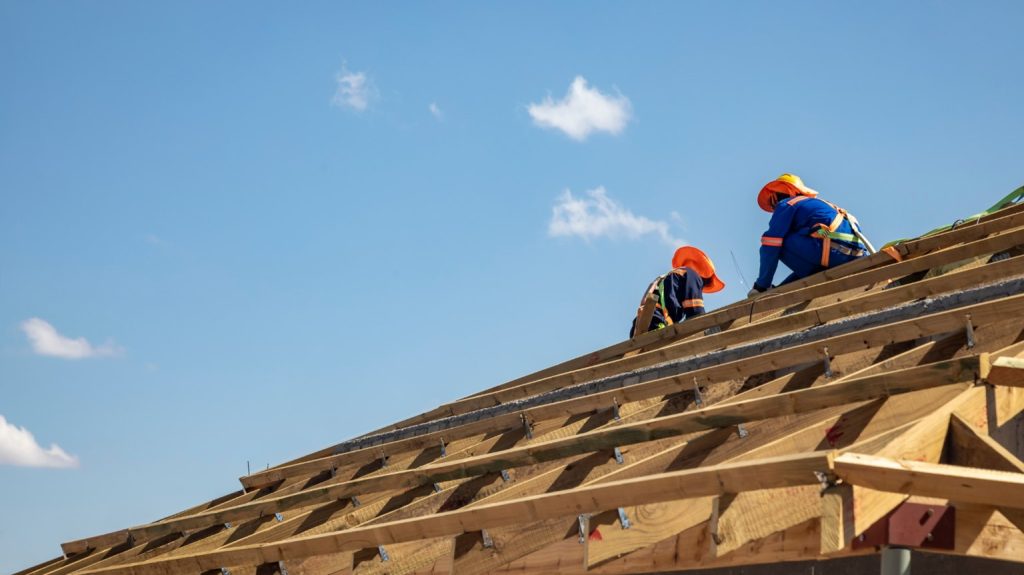
Y stands for Yoke.
A yoke is the term used to describe the horizontal strapping used to brace a sloped roof in roofing. By adding more support to the rafters or trusses, this crucial element aids in preserving the roof’s structural integrity. To make sure the yoke stays in good shape, our experts on residential roofing repair in Des Moines, suggest scheduling routine checks with a professional.
Z stands for Zinc Strips.
An experienced commercial roofing company in Des Moines explains that on roofs, zinc strips are a common method for preventing the growth of moss, algae, and fungus. When it rains, the water and zinc react to form zinc oxide, which stops the development of these organisms. They normally need little maintenance and are situated close to the roof’s peak. Zinc strips can help avoid problems in the future and increase the lifespan of your roof even if they are not a cure for present development.
There you have it, everyone! In terms of roofing vocabulary, we’ve covered everything from A to Z. You will now be fluent in the language of roofs, whether you’re X-bracing your roof or calculating yields for your upcoming project. Remember, having a solid understanding of these terminology can help you communicate more effectively with experts in the area and make better judgments regarding your roofing needs. So, when you look up at a roof the next time, you’ll see something more than simply shingles and gutters; you’ll see a sophisticated system that both defends and enhances the beauty of our homes. Keep gazing up and never stop learning till our next rooftop meeting!
Robison Roofing – Your Roofing Company in Des Moines
Since 2008, Robison Roofing – a top roofing company in Des Moines, has met the roofing requirements of its devoted customers. The best roofer in Des Moines offers first-rate roofing services to Eastern Iowa, including the Des Moines region. Robison uses the best products for every roofing job, so you can expect high-quality service and peace of mind. Each client should be aware that they are dealing with a top-tier residential roofing contractor in Des Moines.
Our Des Moines roofing company team is made up of seasoned, dedicated people with a wealth of roofing knowledge in Des Moines and Eastern Iowa. Our team has a total of more than 150 years of leadership expertise in the roofing sector. We are a well-known commercial roofing company in Des Moines thanks to our leadership and dedication to producing top-notch work.

The success of Robison is directly related to our clear vision, superior customer service, and unwavering integrity. We proudly serve numerous other communities throughout Eastern Iowa, including Iowa City, Cedar Rapids, North Liberty, Mount Vernon, Tiffin, Marion, and many others, while also playing a significant part in the Des Moines region.
Robison is available to help if you’re seeking the top residential roofing repair in Des Moines. Call us at 515-882-2200 right now or fill out a form here.

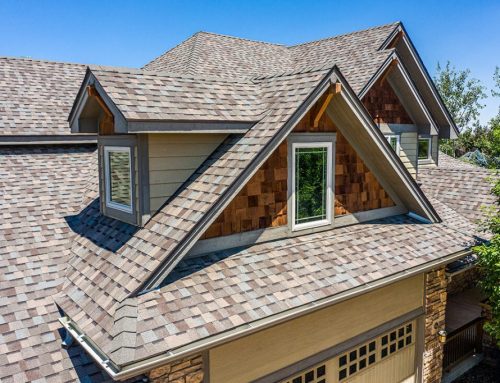
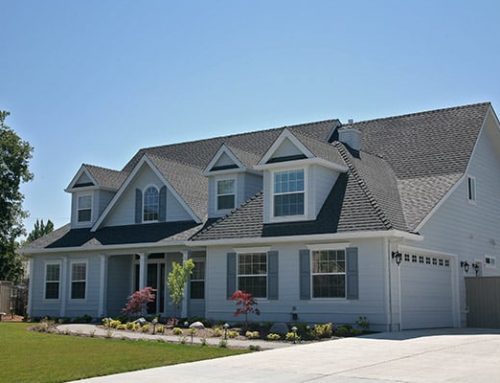
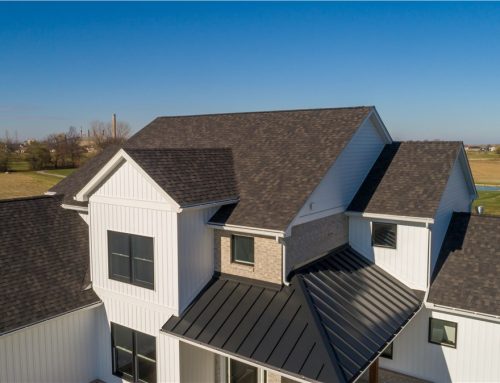
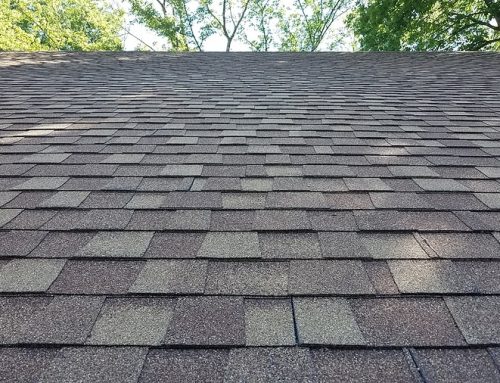
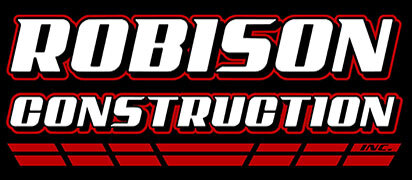
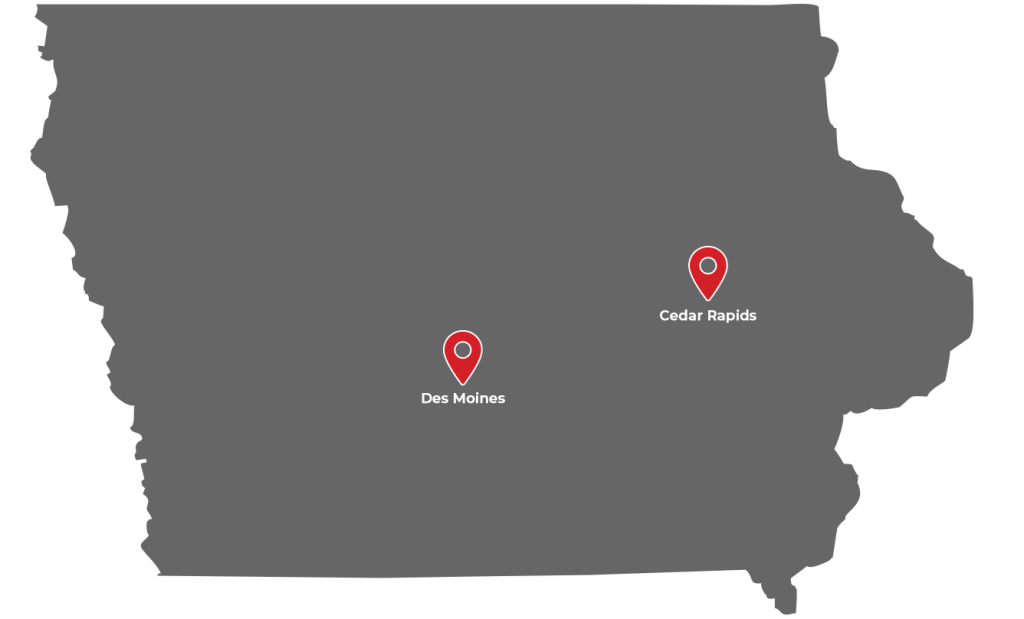
Leave A Comment